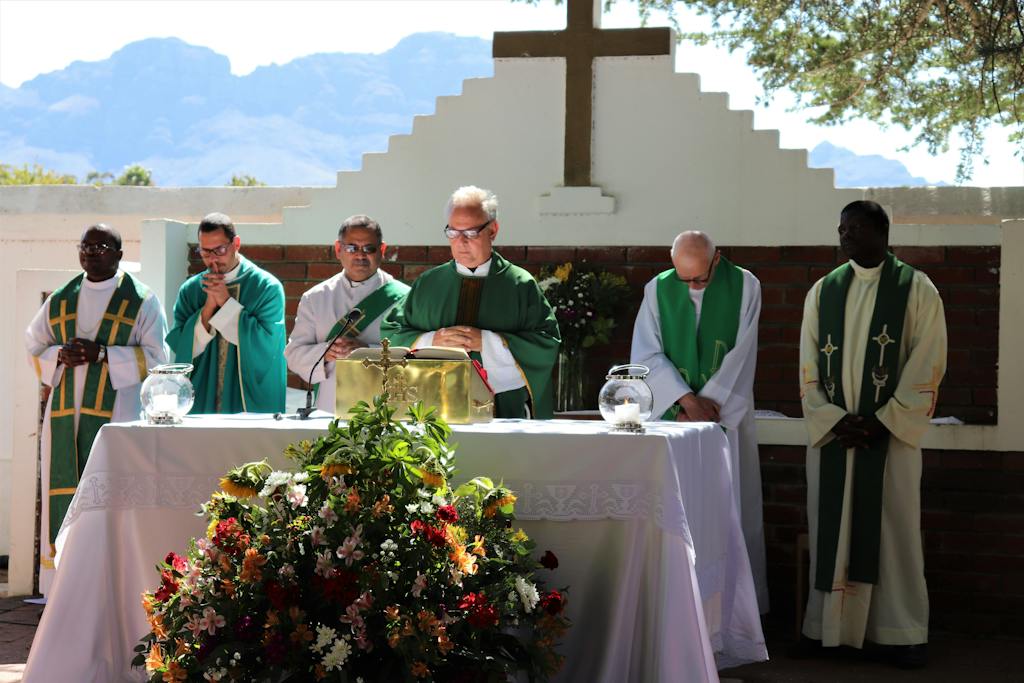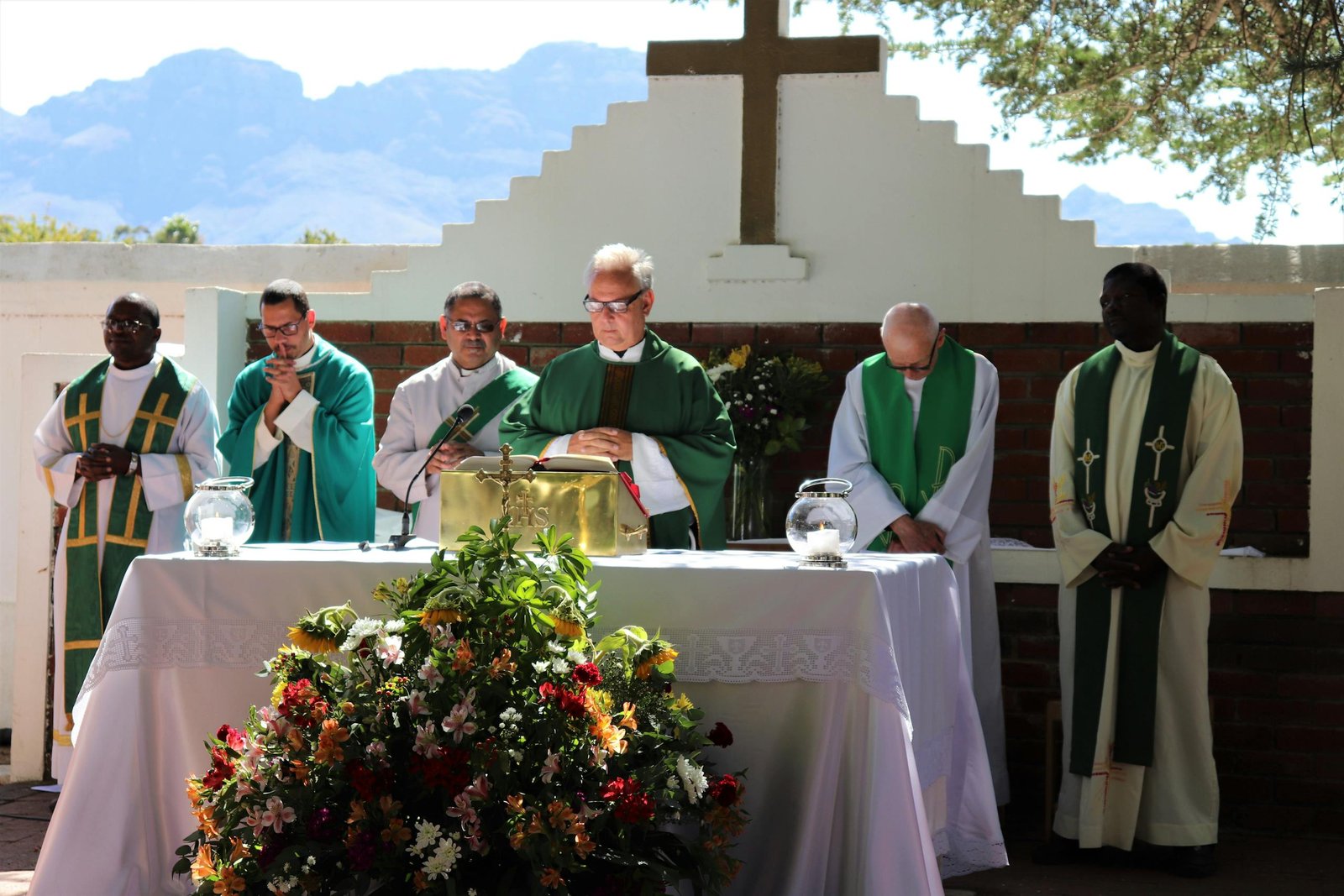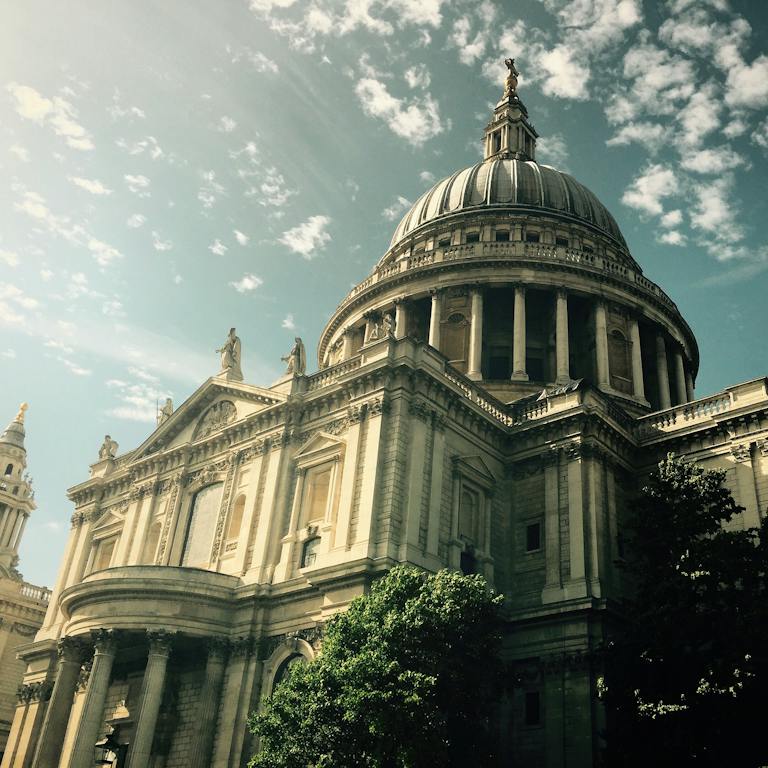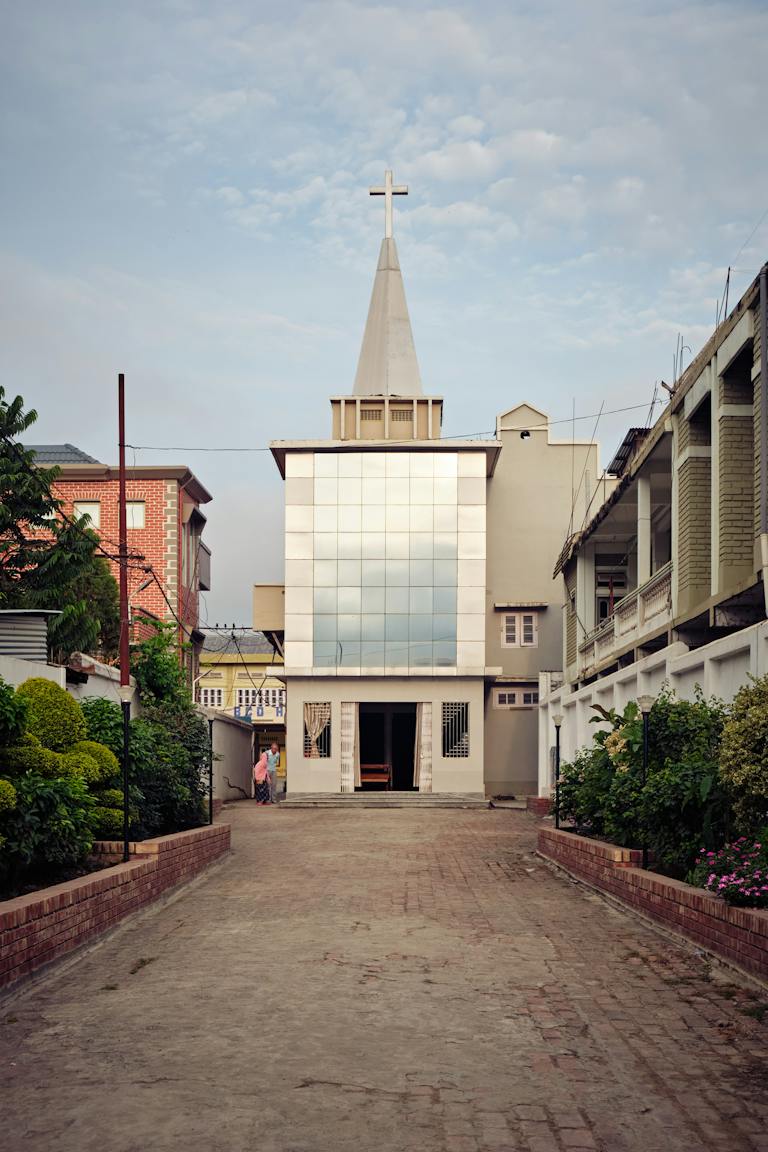Understanding Catholic last rites
The last rites, also known as the sacrament of the sick or extreme unction, are rituals performed by a Catholic priest for someone who is dying or gravely ill. As a pastor, I’m often asked what exactly the last rites entail and what purpose they serve. In this blog post, I’ll provide a comprehensive overview of this meaningful Catholic tradition.
What is included in the Last Rites?
The last rites involve three main components: confession, anointing of the sick, and viaticum.
Confession: The dying person confesses their sins to the priest and receives absolution. This allows them to pass with a clean soul before meeting their maker.
Anointing of the Sick: The priest anoints the person with blessed oil, usually on the head and hands. This sacrament offers grace and comfort, as well as the forgiveness of sins.
Viaticum: The dying person receives the Eucharist, known as “food for the journey.” Taking communion is believed to spiritually strengthen them for the transition ahead.
In addition, there may be other prayers for the dying and their loved ones to bring peace, courage, and consolation. The priest might read bible passages about hope, eternal life, or mercy as well.

Why do Catholics receive last rites?
Catholics have received last rites for centuries to spiritually prepare for death. The ritual offers several profound gifts on someone’s final journey:
- Absolution of sins: Last rites provide another opportunity to repent and have one’s sins forgiven before facing God’s judgment. This brings hope for salvation.
- Strength and peace: The sacrament offers divine grace to endure death’s pain and fear. The anointing symbolizes God enveloping the person in His love and mercy.
- Unification with Christ: Receiving communion unites the dying person intimately with Jesus in His sacrifice on the cross. This bond culminates their spiritual journey.
- Community support: praying the last rites together surrounds the individual with their loved ones and the saints. This brings immense comfort and hope during a vulnerable time.
As such, the last rites spiritually heal and comfort through the absolution of sins and union with Christ. The ritual leads the dying person to peacefully commend their soul to God.
Who can receive the last rites?
While last rites were previously called “extreme unction” and administered only at the point of death, the Church now offers the sacrament to any Catholic who meets these criteria:
- Grave illness: those diagnosed with terminal, life-threatening, or chronic conditions that may worsen at any time.
- Advanced age: elderly people weaken due to frailty or age.
- Before surgery, patients face serious operations with the possibility of dangerous complications.
- Spiritual distress: those struggling with despair, confusion, or deep questions as death approaches.
The anointing can be repeated if the person recovers briefly and then later relapses. Those very near death or already passing can still receive absolution and blessings.
In all cases, properly disposing one’s soul to God through the church’s ministry remains paramount.
How Do I Arrange Last Rites for a Loved One?
Making arrangements involves contacting your parish priest to relay the person’s desire to be anointed without delay. If death looms imminent, call the priest day or night since scheduling conflicts cannot interfere with administering these time-sensitive sacraments.
When meeting your priest, inform them of important medical and spiritual information to facilitate the process. Be prepared to disclose health details, family concerns, funeral plans, and anything weighting on the patient’s conscience.
If contacting a priest proves impossible before death occurs, pray earnestly for divine mercy and forgiveness for your loved one. Schedule a funeral mass as soon as practical.
What Should I Expect as Last Rites Occur?
Witnessing the last rites often stirs mixed emotions of sadness, reverence, and joy. But understanding the general flow of the profound ritual can help you know what to expect.
- The priest will arrive, vest in a white stole, and briefly explain the sacrament to those gathered.
- He will invite all to pray as he hears the dying person’s confession and grants absolution.
- Next comes the blessing and anointing of oil, usually on the head and hands.
- Then the dying person receives a small piece of the Eucharist, if possible.
- Additional scripture, blessings, and encouragement will be offered for spiritual consolation.
- Before leaving, the priest prays for everyone, especially the caretakers of the patient.
Bearing prayerful witness to a loved one’s last rites can overflow one’s heart with sadness yet profound grace. The visible, tangible actions minister Christ’s peace, surpassing all understanding straight from heaven itself.
Conclusion
The last rites stand among our most ancient and sacred traditions for those at death’s door. Through absolution, anointing, and communion, this powerful sacrament cleanses souls and floods them with divine grace. Witnessing a holy priest deliver God’s mercy and salvation firsthand reminds us that death never has the final word. However overwhelming grief may feel, clinging to faith in Christ’s sacrifice and resurrection points the bereaved toward enduring hope.







